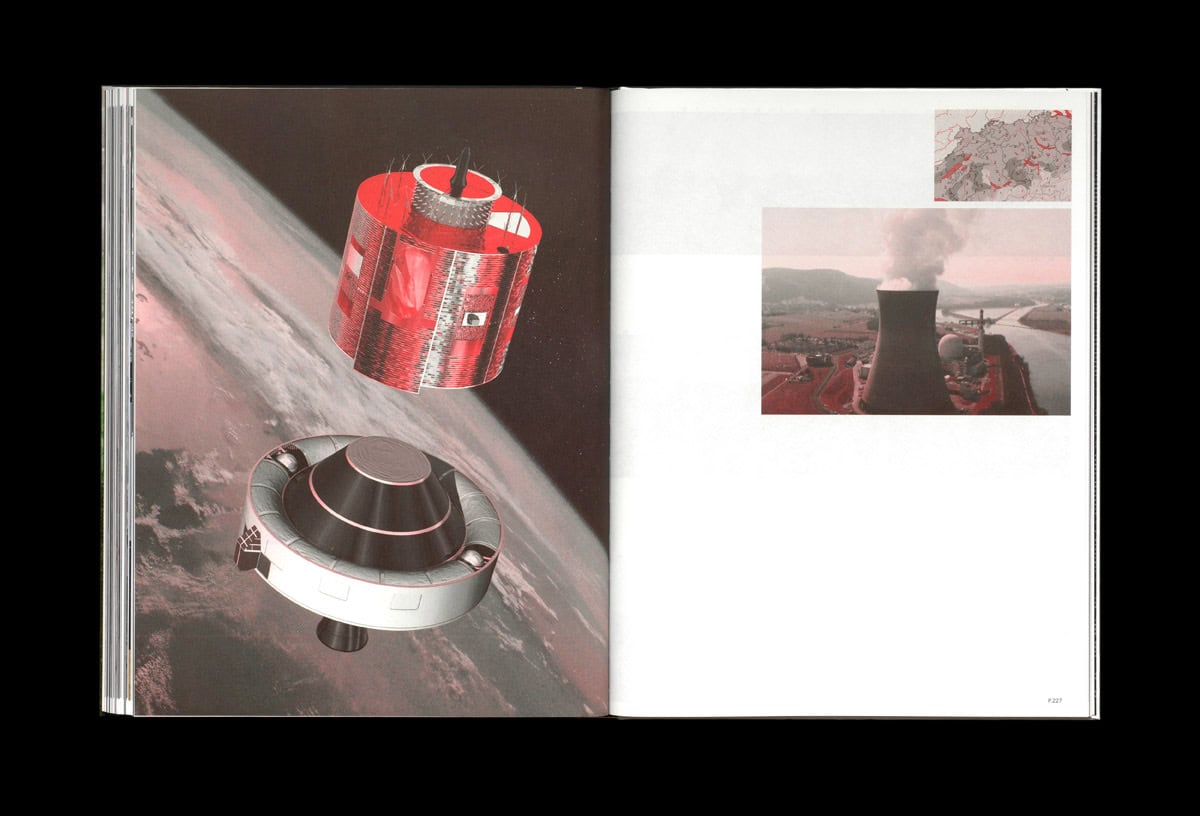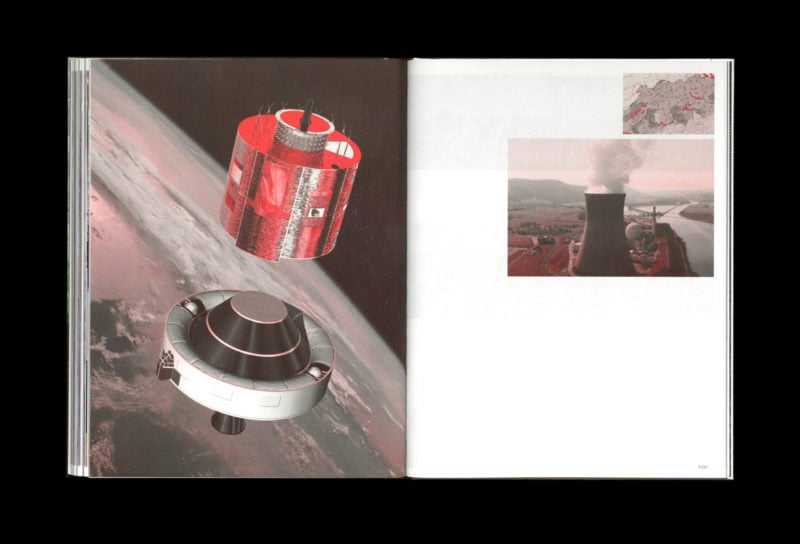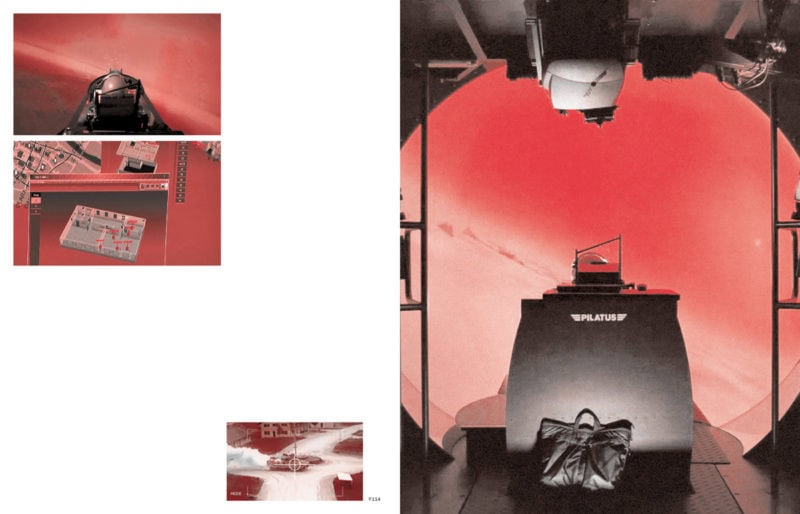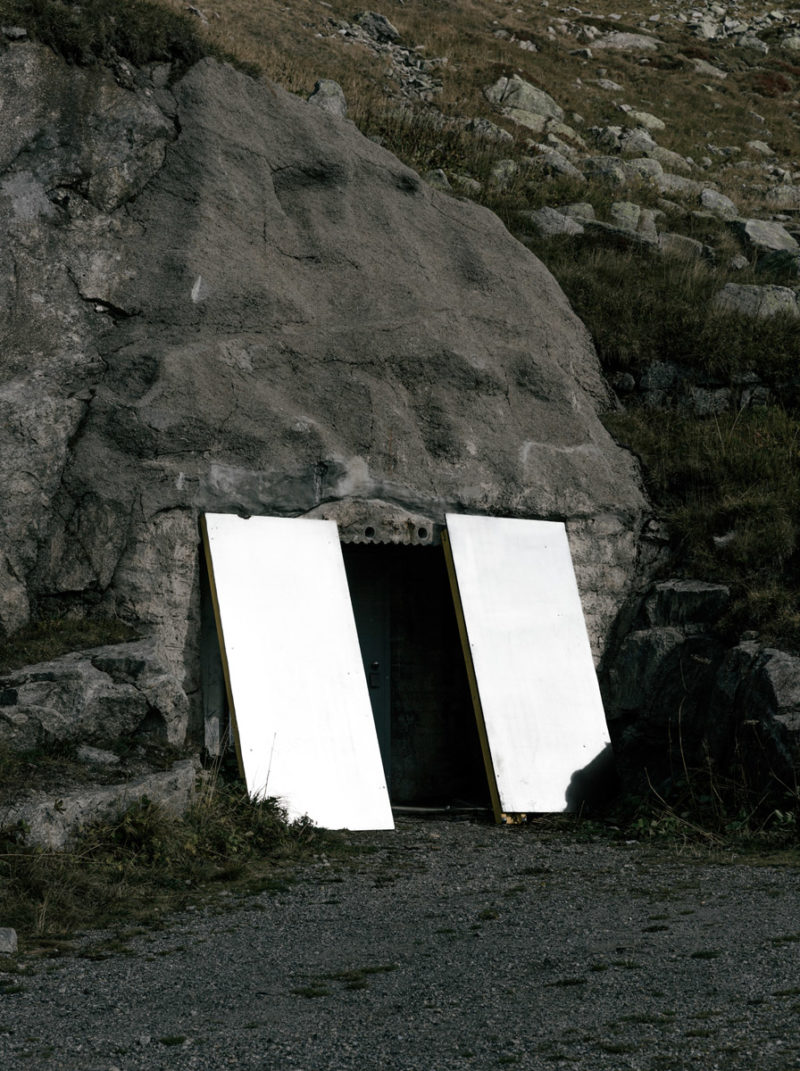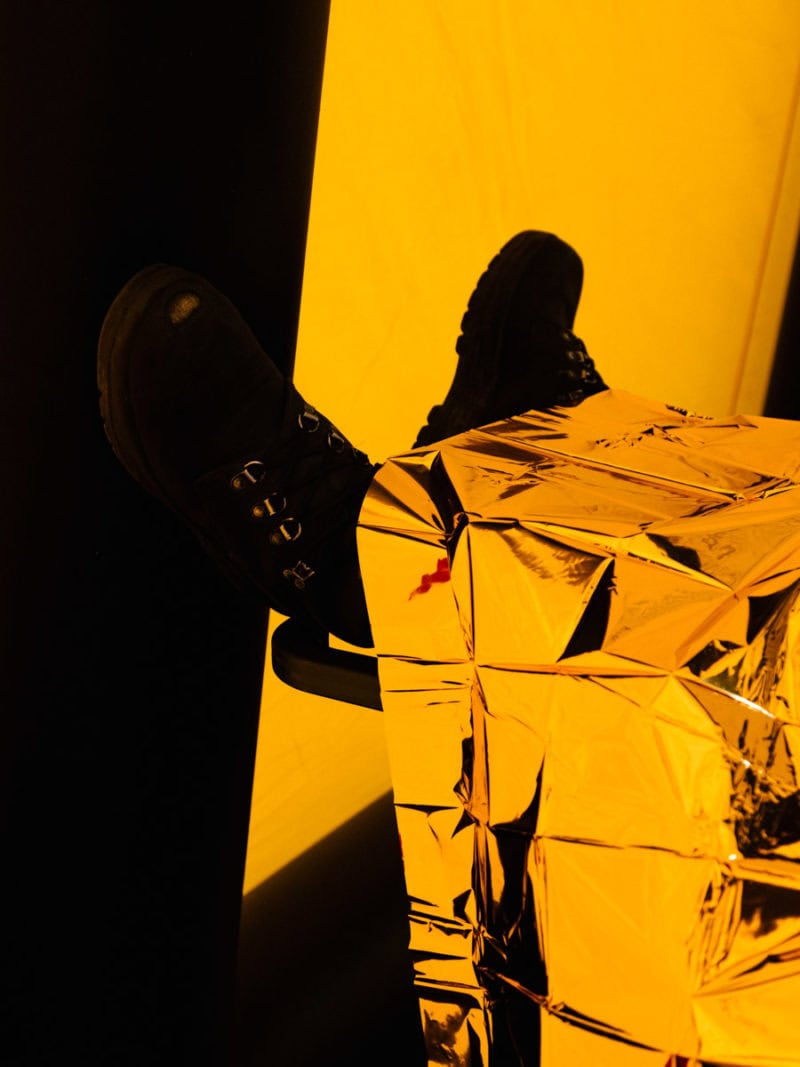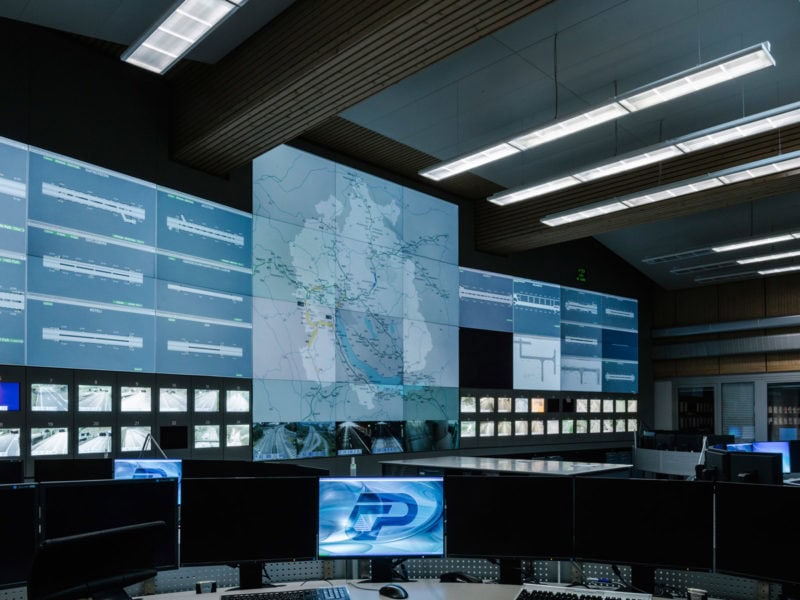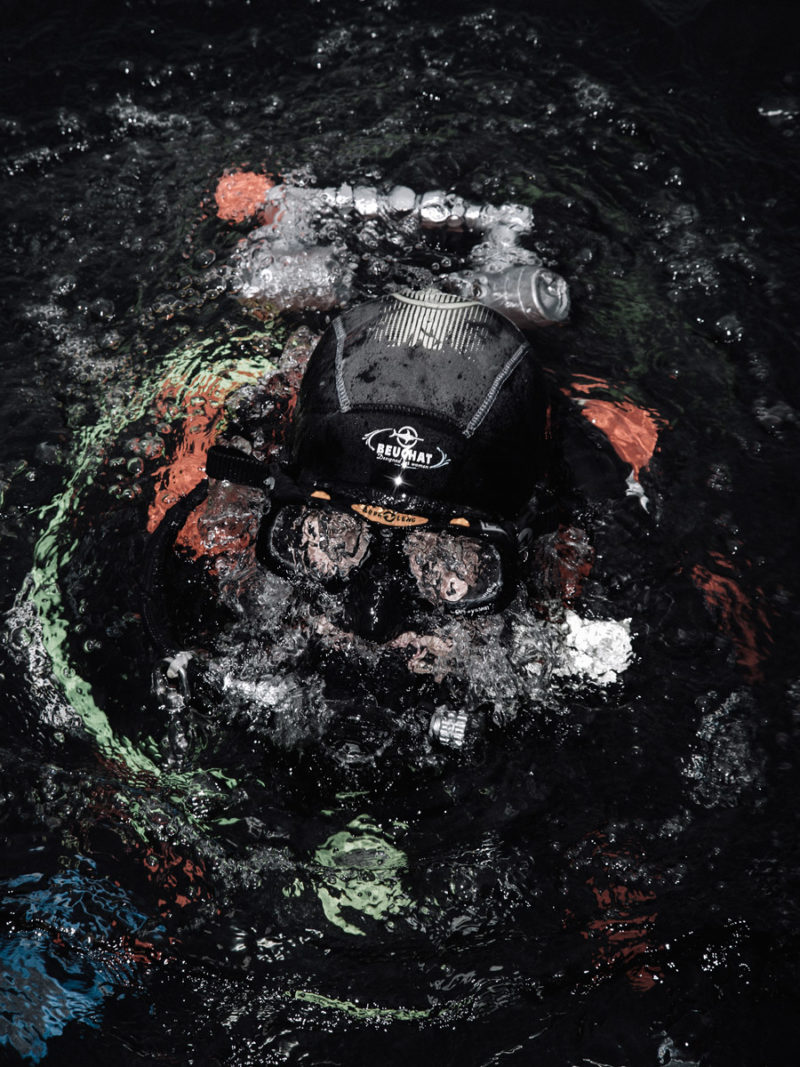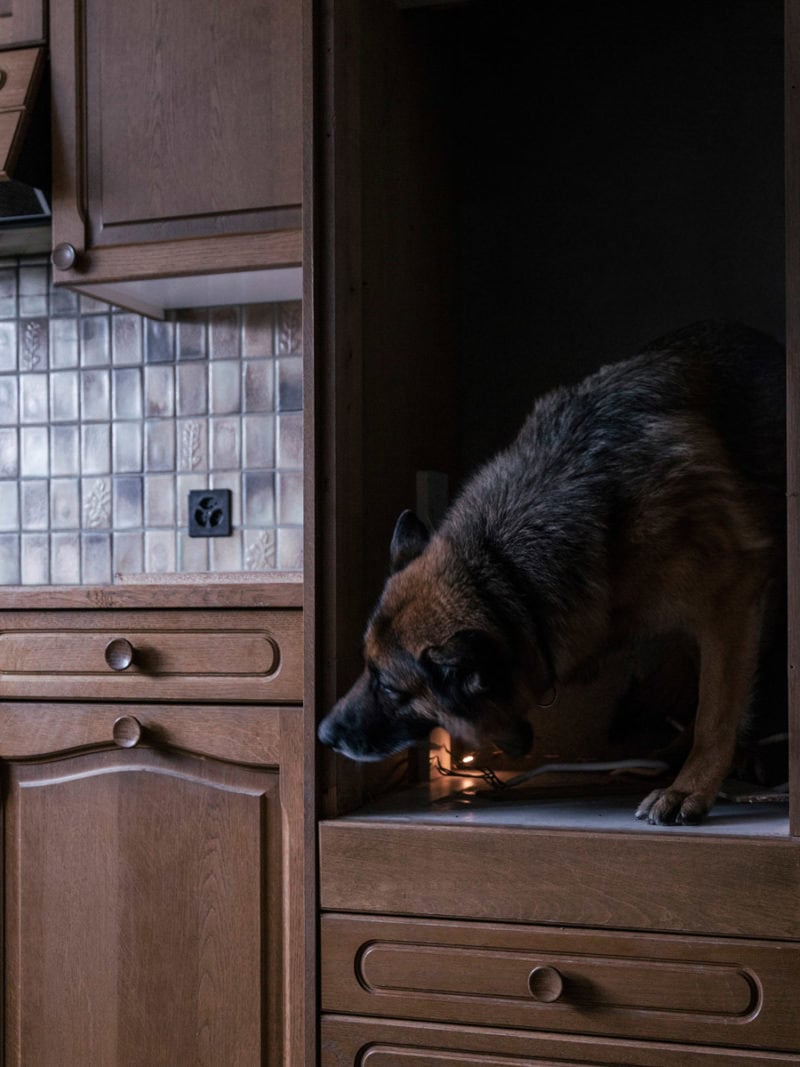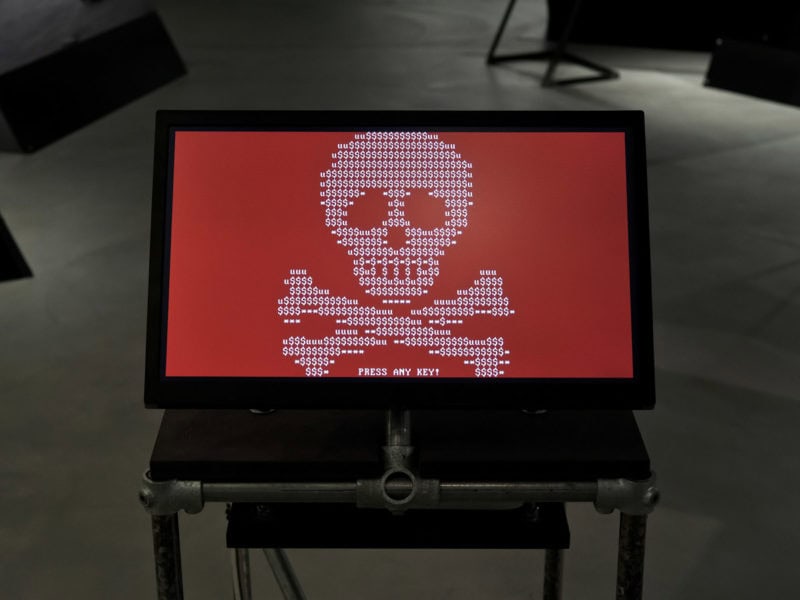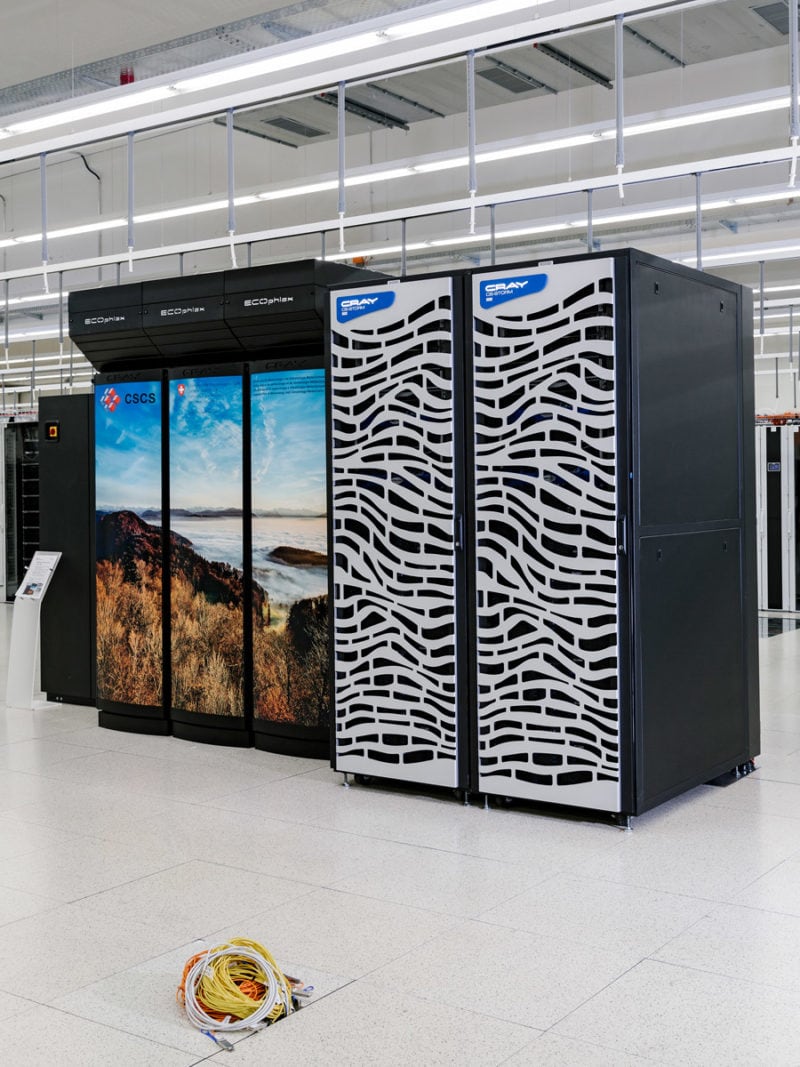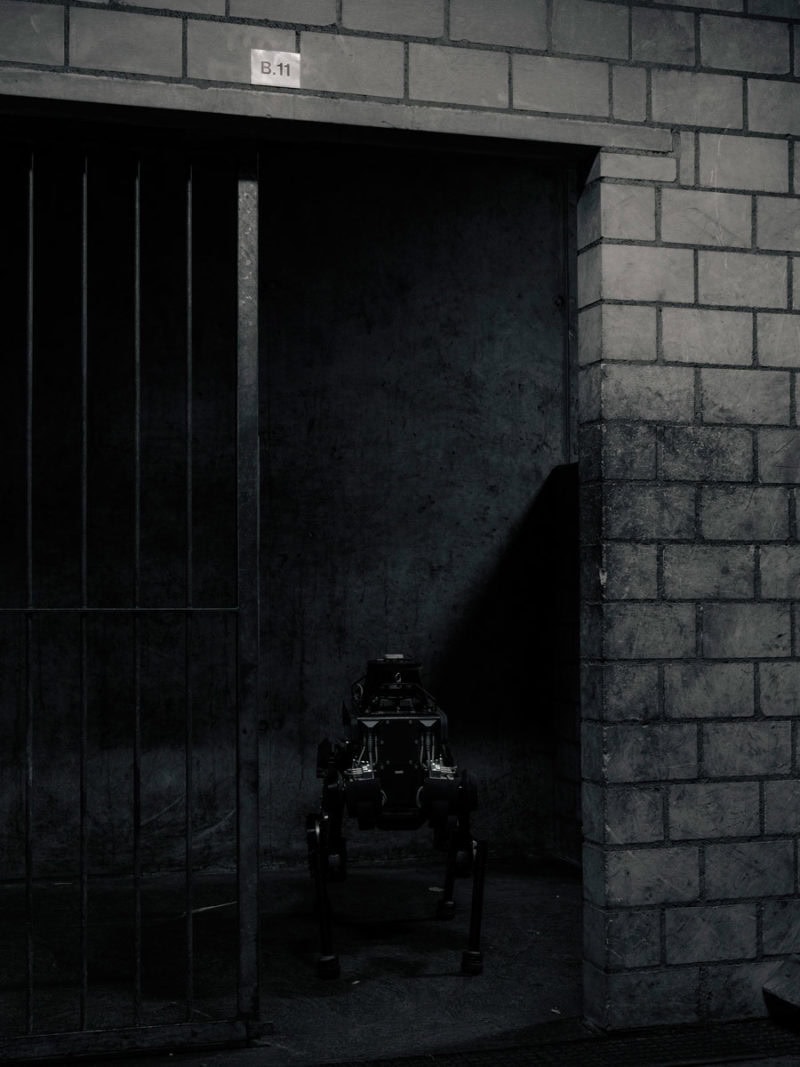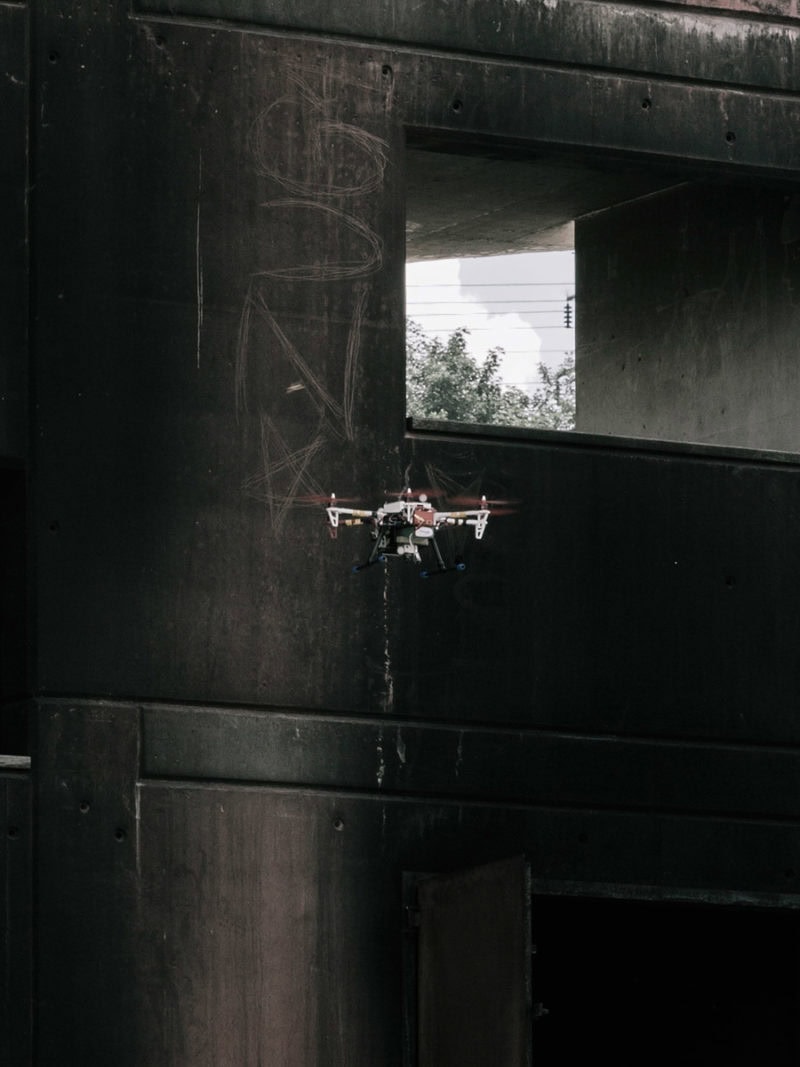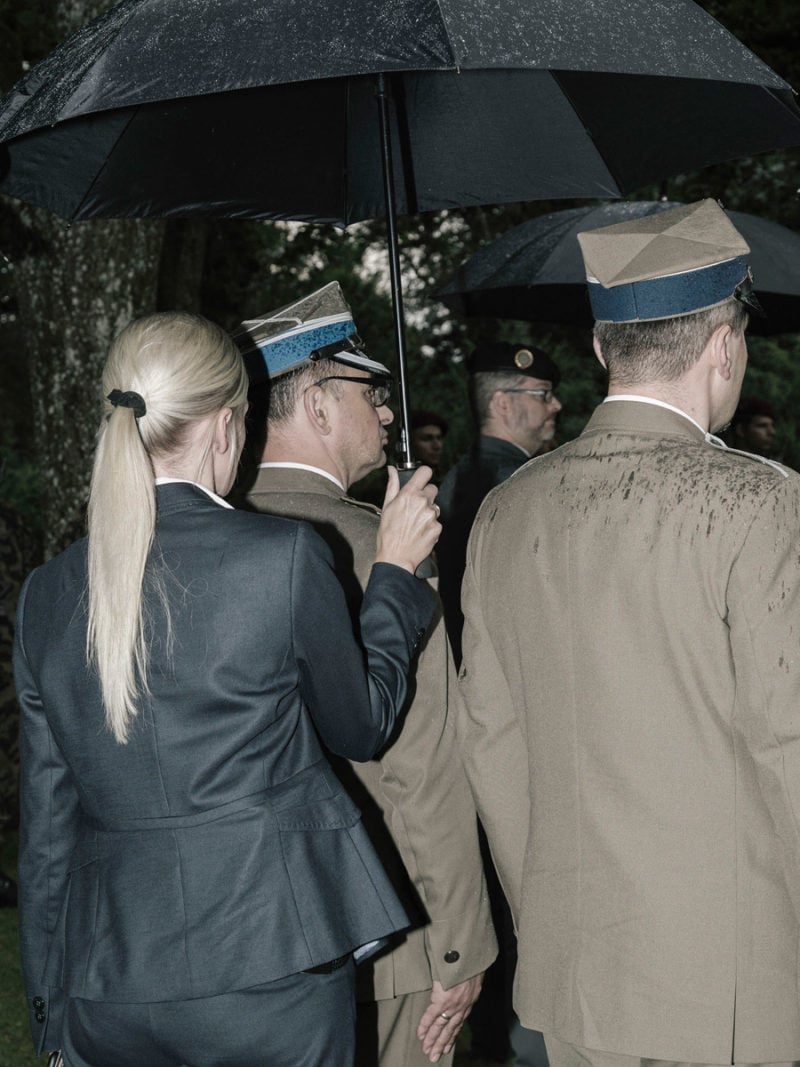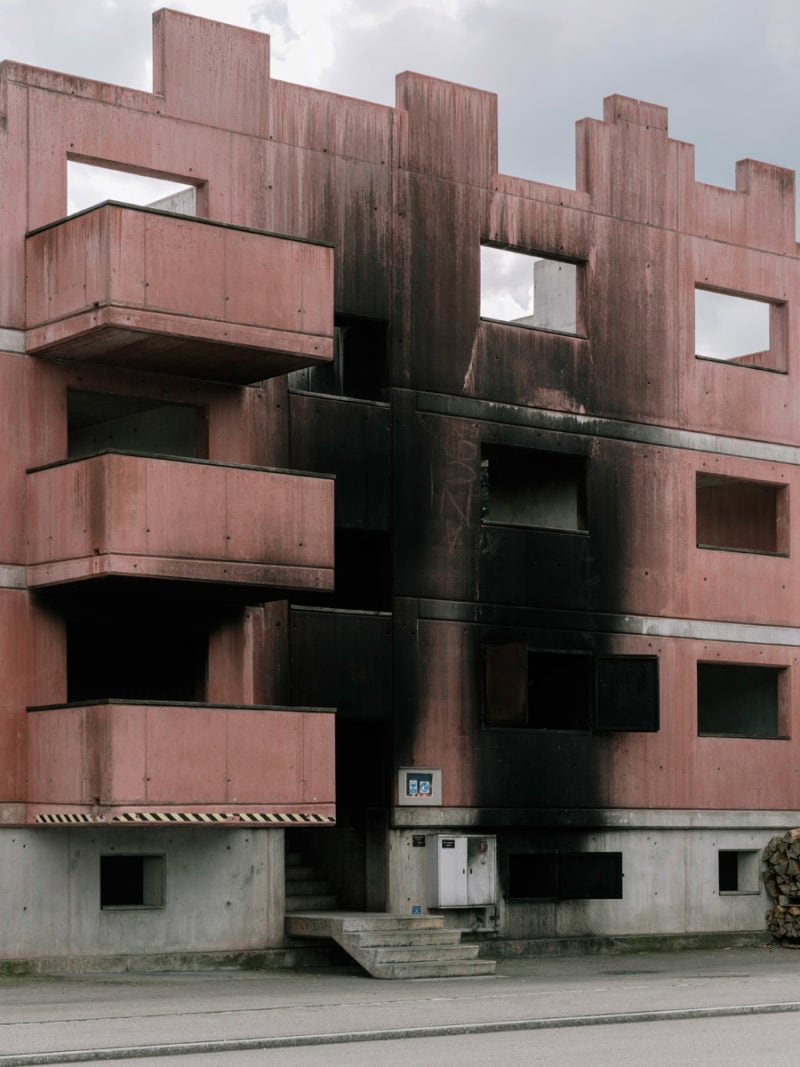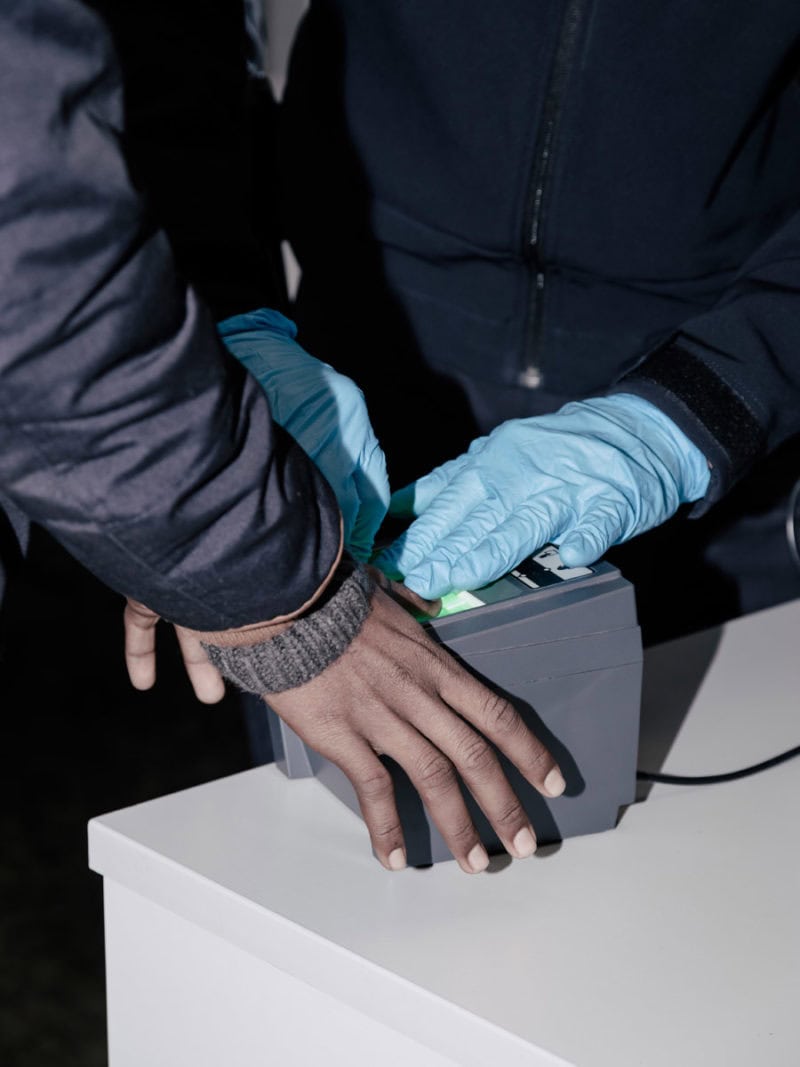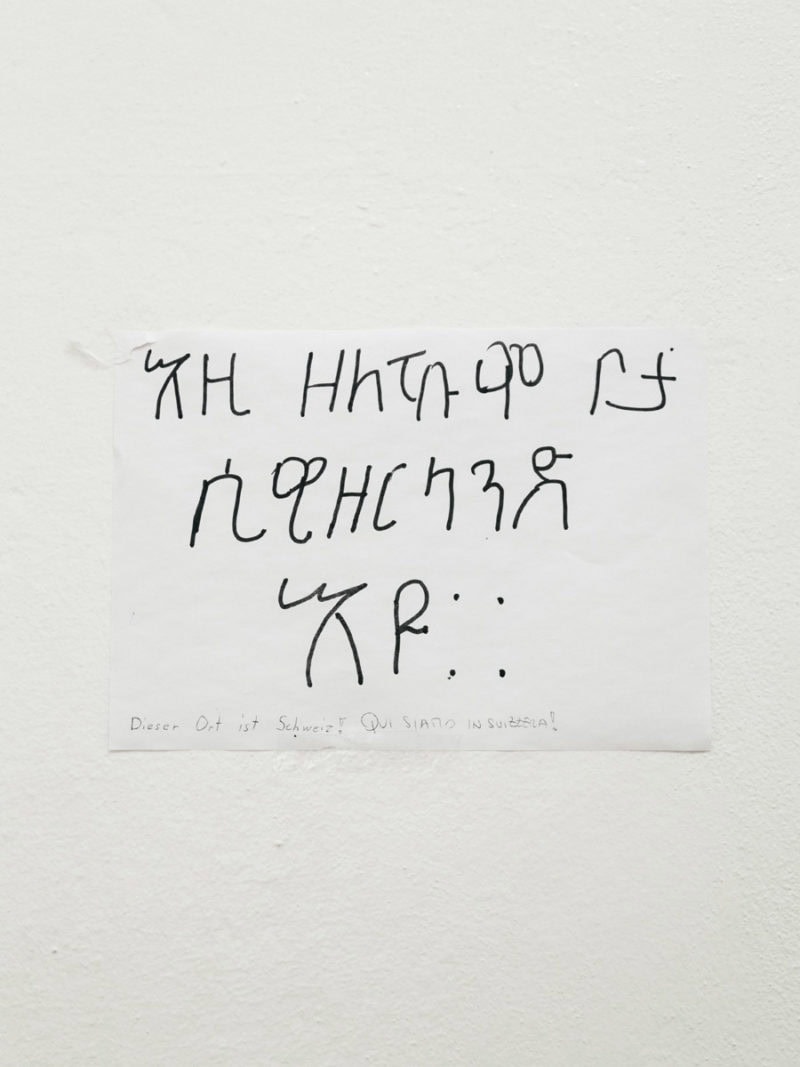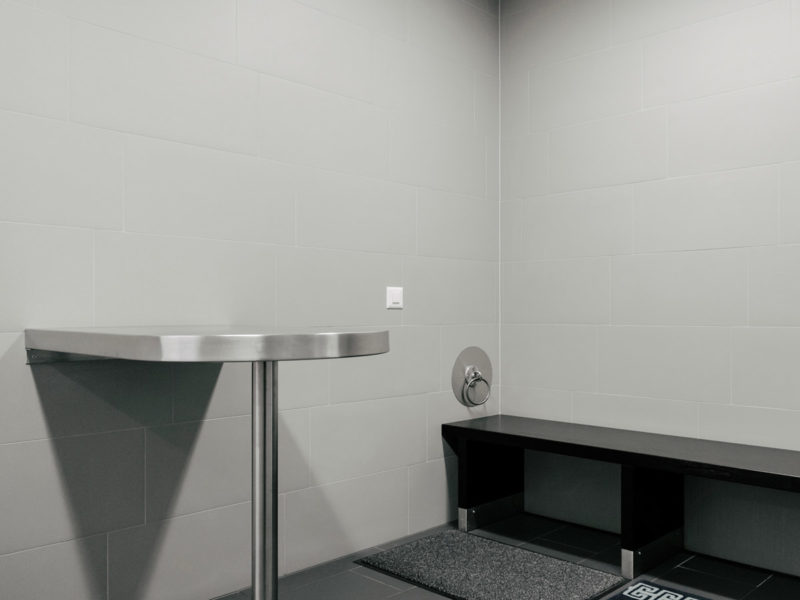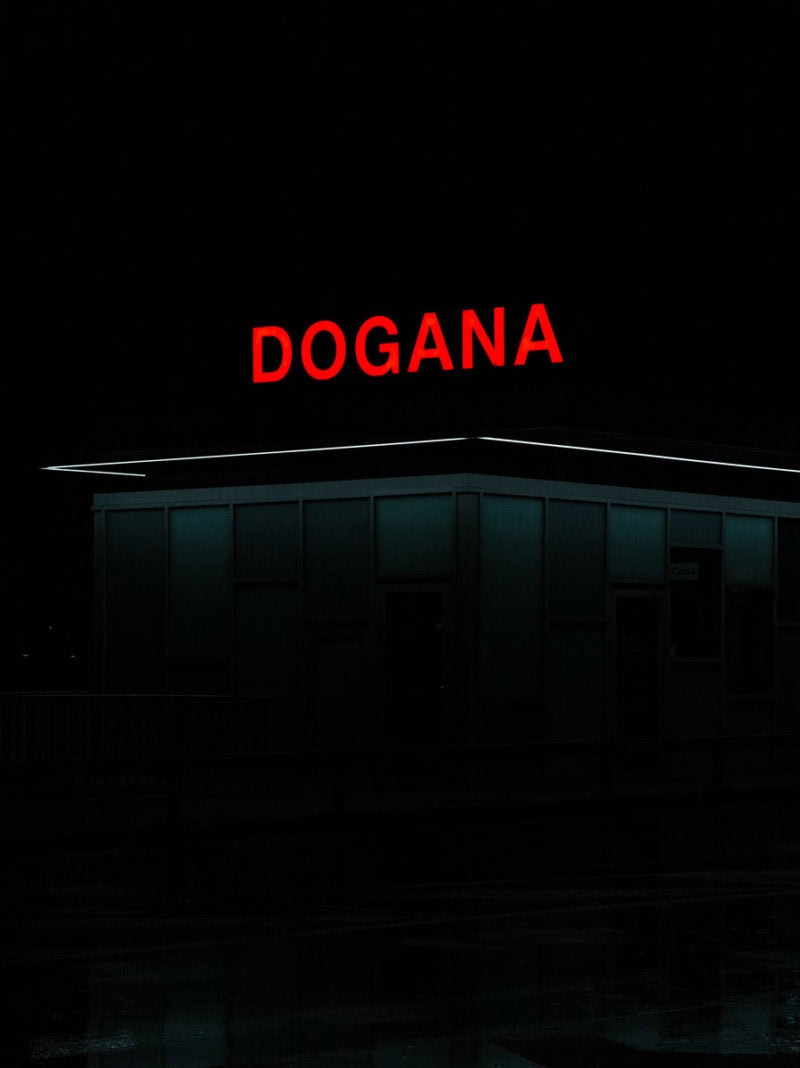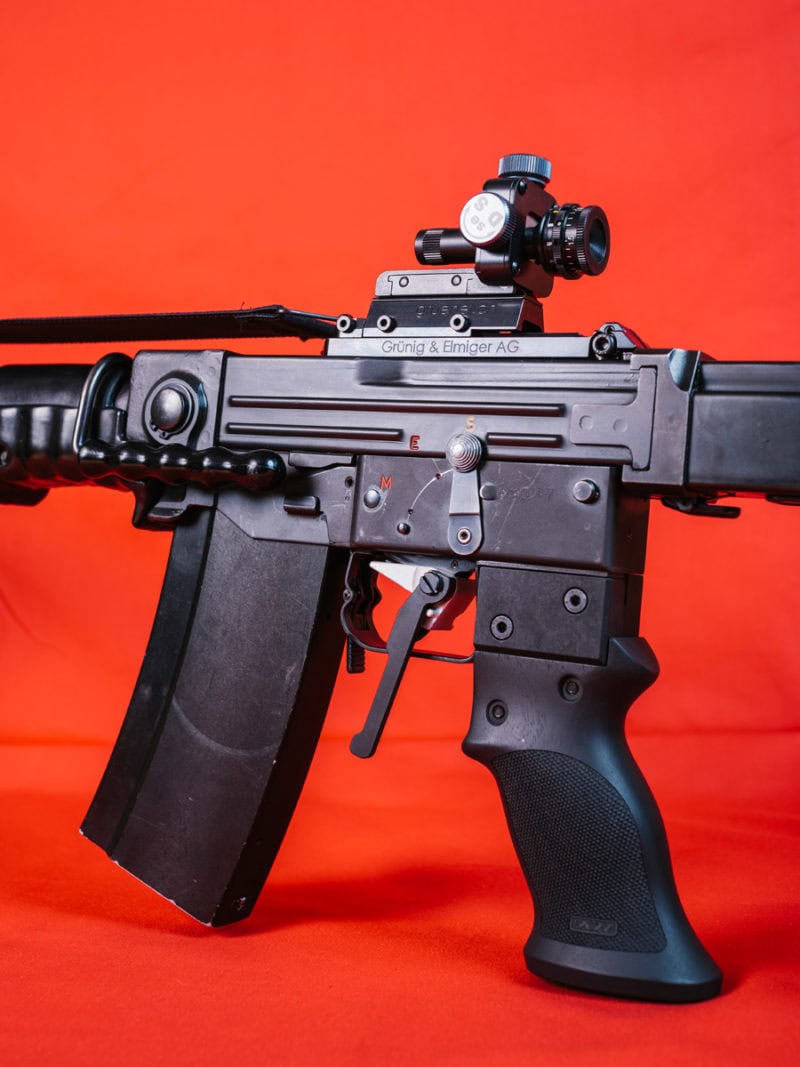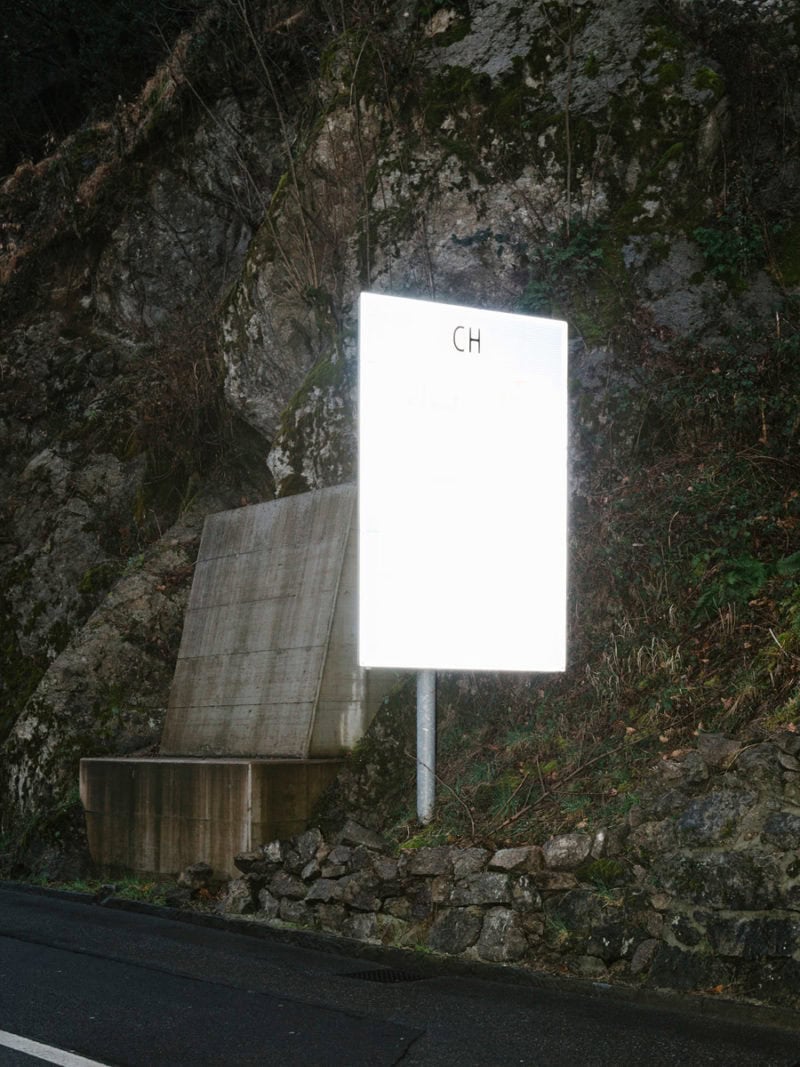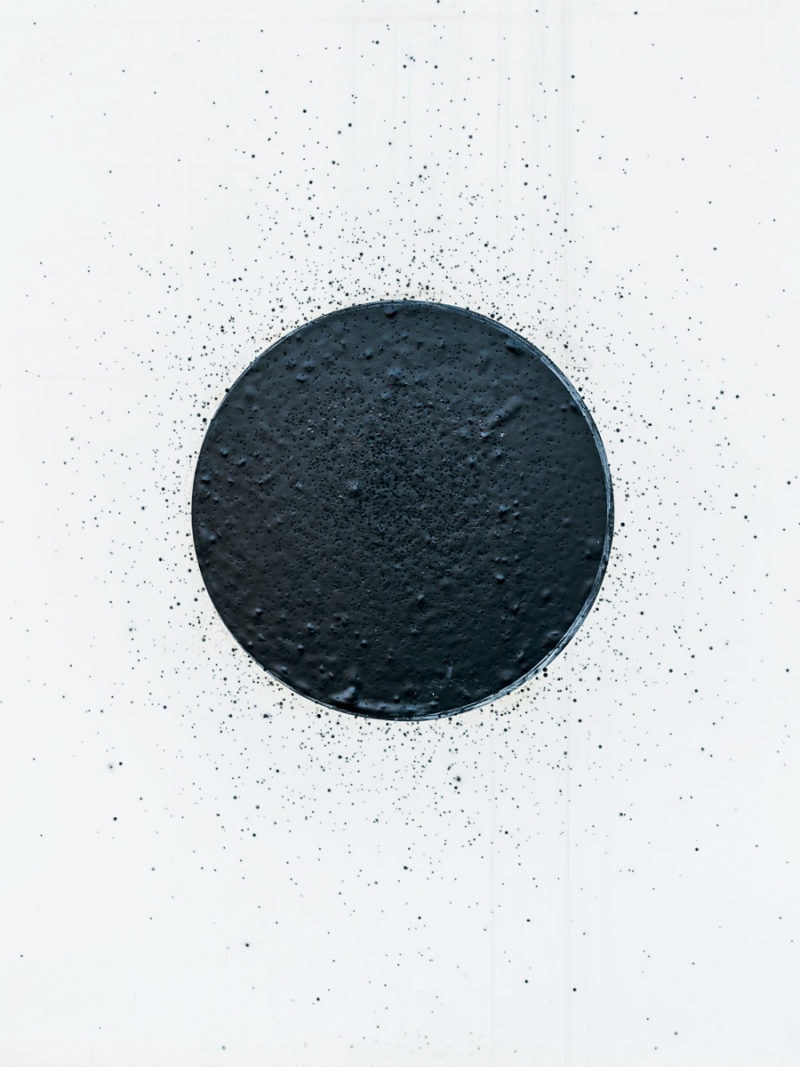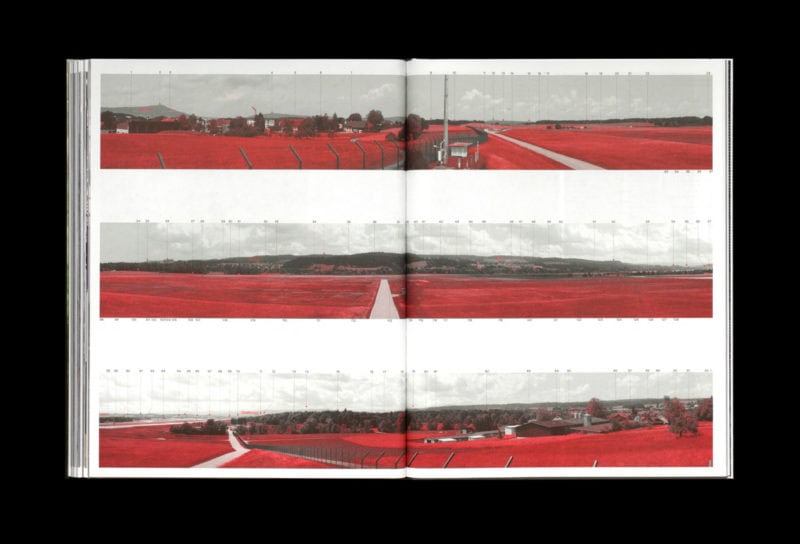Salvatore Vitale was born in 1986 in Palermo, Italy and is a Swiss-based visual artist, educator and editor. He was a recipient of the Swiss Arts Council production grant in 2015-2016, the PHmuseum Award in 2017, the Swiss Design Awards, Foam Talent and Punctum Award in 2018.
His work has been shown in museums and at photo festivals including the Swiss Foundation for Photography Winterthur, Photoforum Pasquart Biel/Bienne, Foam Amsterdam, OCAT Shanghai and Shenzhen, MOCAK – Museum of Contemporary Art Krakow, Hamburg Triennale of Photography, T3 Photo Festival Tokyo, and Jaipur International Photography Festival.
He teaches at the University of Applied Sciences and Arts Lucerne (HSLU) and has led workshops worldwide. He is also the co-founder and editor-in-chief of YET magazine, a Swiss-based international photography magazine that focuses on the evolution of photography practice within the contemporary art field.
In his multilayered artistic practise and research, Vitale’s work focuses on the development of modern societies exploring power structures, visual politics and technology, whilst making use of expanded documentary analysis, including elements of fiction, speculative storytelling and the use of multiple visual forms.
About ‘How to Secure a Country’ – words by Salvatore Vitale:
Switzerland is well-known as one of the safest countries on earth and as a prime example of efficiency and efficacy. But how do state and private actors ensure this valuable commodity, which is as much a basic need as it is a billion-dollar business? And how much freedom are we as citizens willing to give up for our security? Between 2014 and 2018, Salvatore Vitale set out on a visual research project, to discover the central underlying tenets for such a country to evolve, exist and endure. One of the central conditions he made out is the development of a culture based on securing, protecting, insuring and preventing, which is supported by the presence and production of national security.
To do this, he investigated the social and technological mechanisms underlying this preventive and defensive shield and takes a close look at the various institutional protagonists involved — police, military, customs and migration authorities, weather services, IT companies, and research institutions for robotics and artificial intelligence.
He proposes to find these mechanisms in sets of embodied and often internalized individual and collective routines and practices, which support the production of systemic state-wide national security. The project is for example interested in exploring and visualizing questions like: Why do the Swiss armed forces worry about the annual worry barometer? How does integrated border management work? What does the Réduit have to do with bitcoin and cyber-security? Or what is predictive policing?
It positions itself as a critical artistic contribution to debates in a society that is confronted with growing threats — real or perceived — from terrorism and cybercrime, surveillance and data misuse. It also inscribes itself into current Swiss political debates on Swiss arms exports and citizen privacy.
